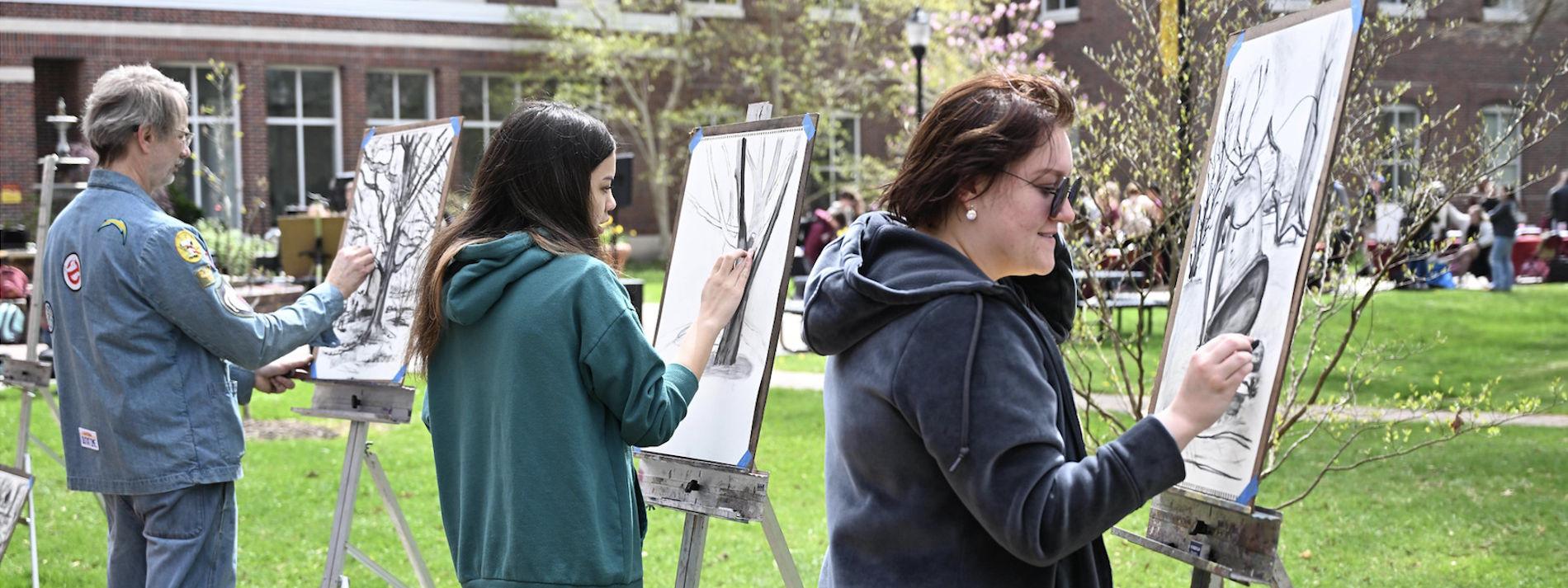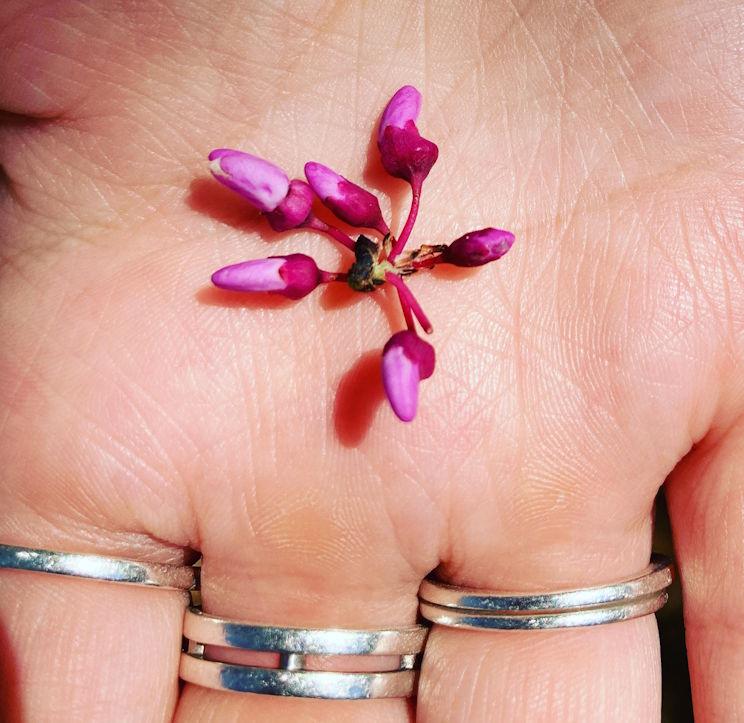
SU NRx Activities
SU integrates nature-based wellness initiatives into diverse aspects of campus:
- Courses (such as Introductory Biology and Wilderness Navigation),
- Student Clubs (such as Garden Club, BioEnvirons Club, Outdoor Club)
- Programs and events (such as Arboretum tours and birdwatching walks)
- Research experiences (such as measuring student perceptions of campus nature)
- Outreach events (such as Paws for Mental Wellbeing and sculpture exhibits at the Salisbury Zoo)
We take an integrative and collaborative approach to our programming, working with many internal partners (such as the Counseling Center, Campus Sustainability Office, Horticulture Department, and numerous academic departments) and external partners (such as the Salisbury Zoo, City of Salisbury, State Parks, and not-for-profit organizations such as the Nature Conservancy.).
The campus is a beautiful 200-acre accredited Glenda Chatham Clarke Arboretum with over 3000 mapped trees and diverse herbaceous plants cultivated to create cozy gardens, walkways, social spaces, and study areas for the benefit of students, staff, faculty, and the public.
Further, there are many opportunities off-campus for further exploration, whether birding or jogging in nearby wooded neighborhoods or the Salisbury Zoo, or traveling further to the many city, county, state, and national parks incorporating both terrestrial and aquatic environments.
Follow @salisburyuniversitynaturerx to see what’s going on, or make something happen on your own!
The simplest and most accessible way to engage with nature on campus is to spend a few minutes engaging your senses in your natural surroundings, such as on your walk to class or by taking a break in one of the cozy campus gardens.
Tips for using “micro breaks” to self-regulate:
- Find a quiet place to sit or walk where you feel comfortable, whether alone or with friends.
- Put your phone away and engage your senses, such as listening for the blue jays squabbling, watching an ant meander across the path, smelling the scent of a blossom, or feeling the soft plush of moss on your hand. You may not notice much at first, but surprises will emerge.
- If you need more structure to engage your senses, sketch what you see, write notes describing what you hear, take photos of what you see, use the Merlin app as a tool to help you listen for, and identify birds, or other strategies. Engaging your senses rests your problem-solving brain regions and restores your ability to focus on homework.
- You will likely feel your heart rate and breathing rate slow down. If not, you can take slow, deep breaths (“breathing squares”) to slow your heart rate to feel rested.
